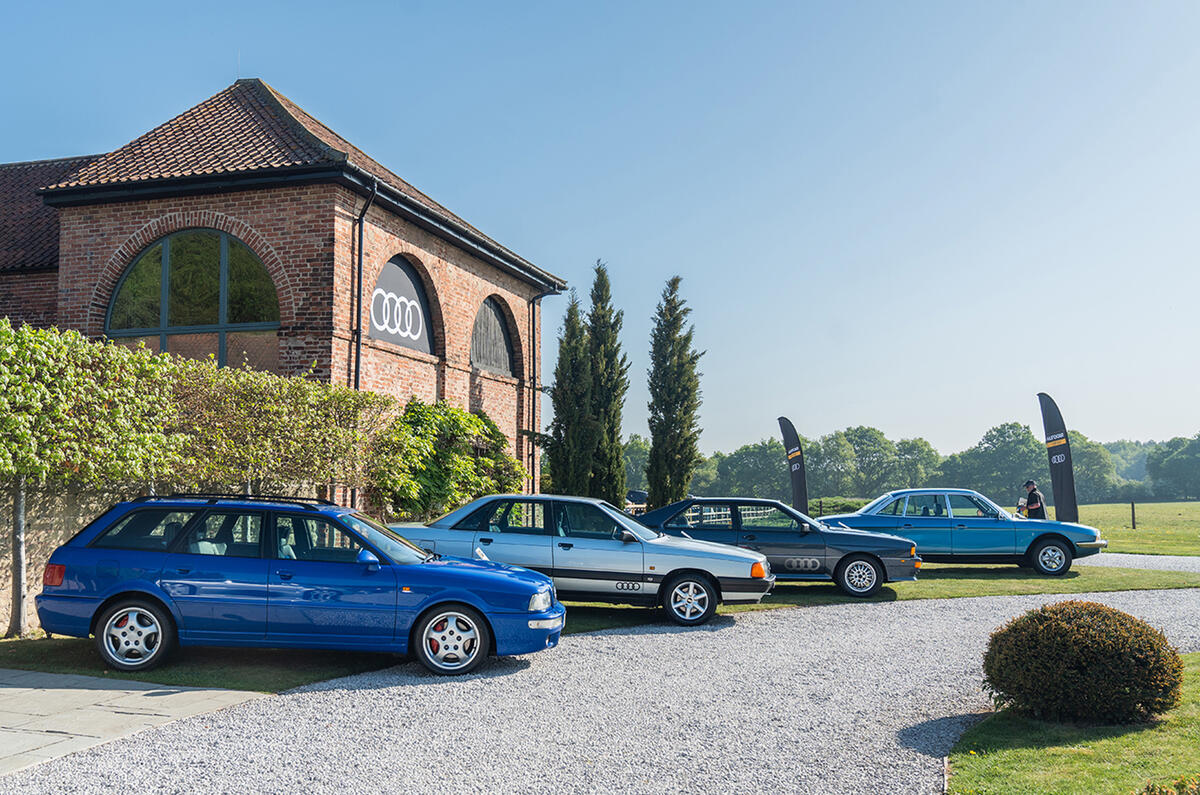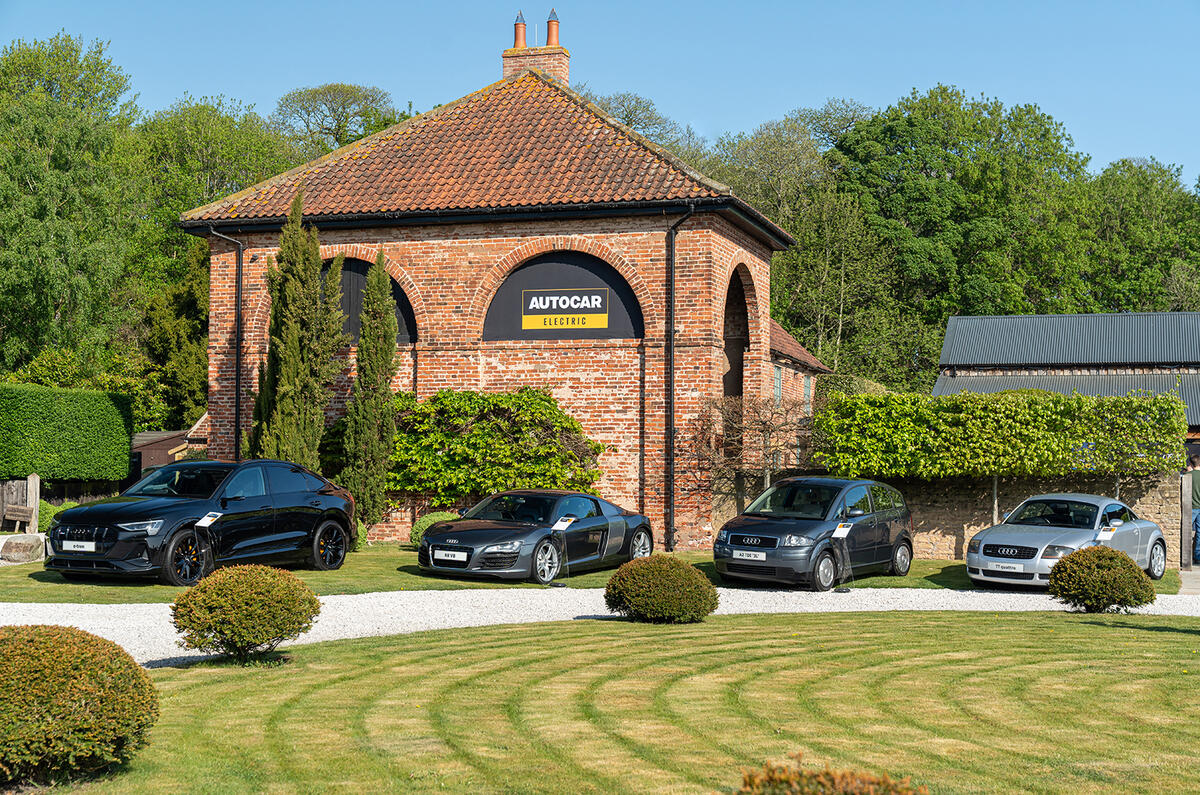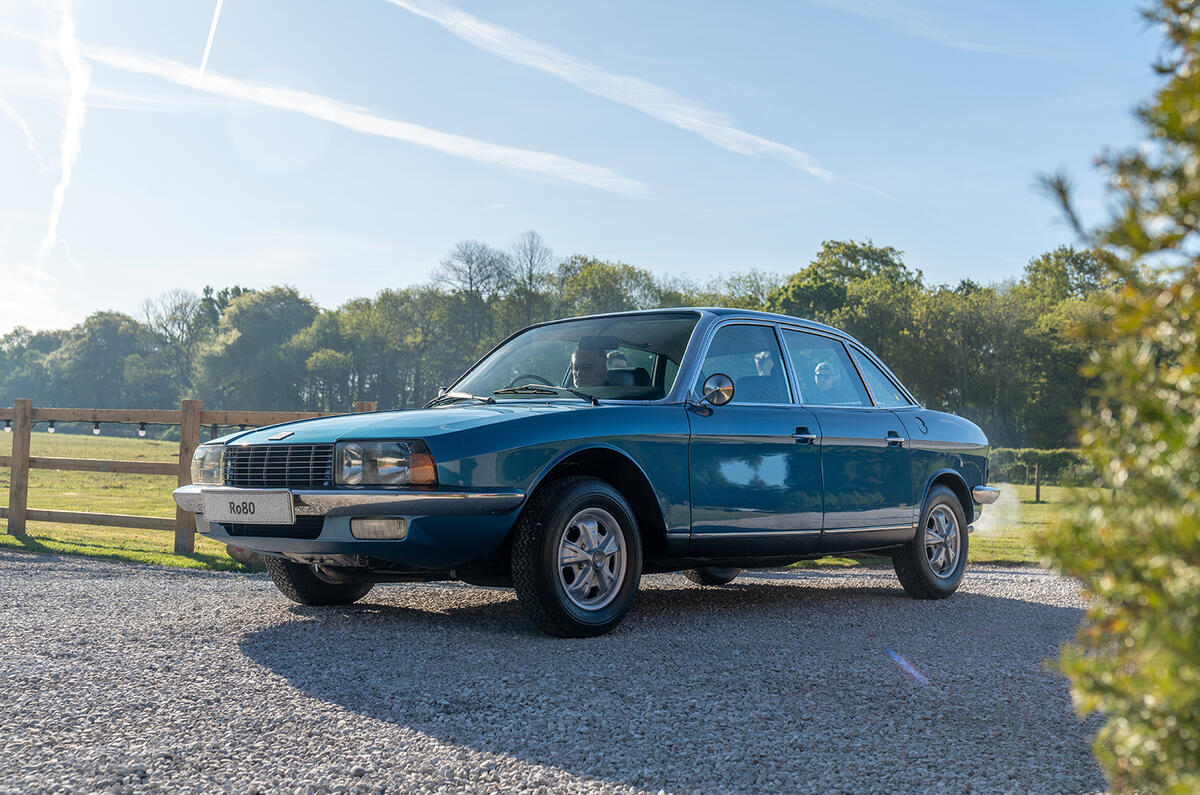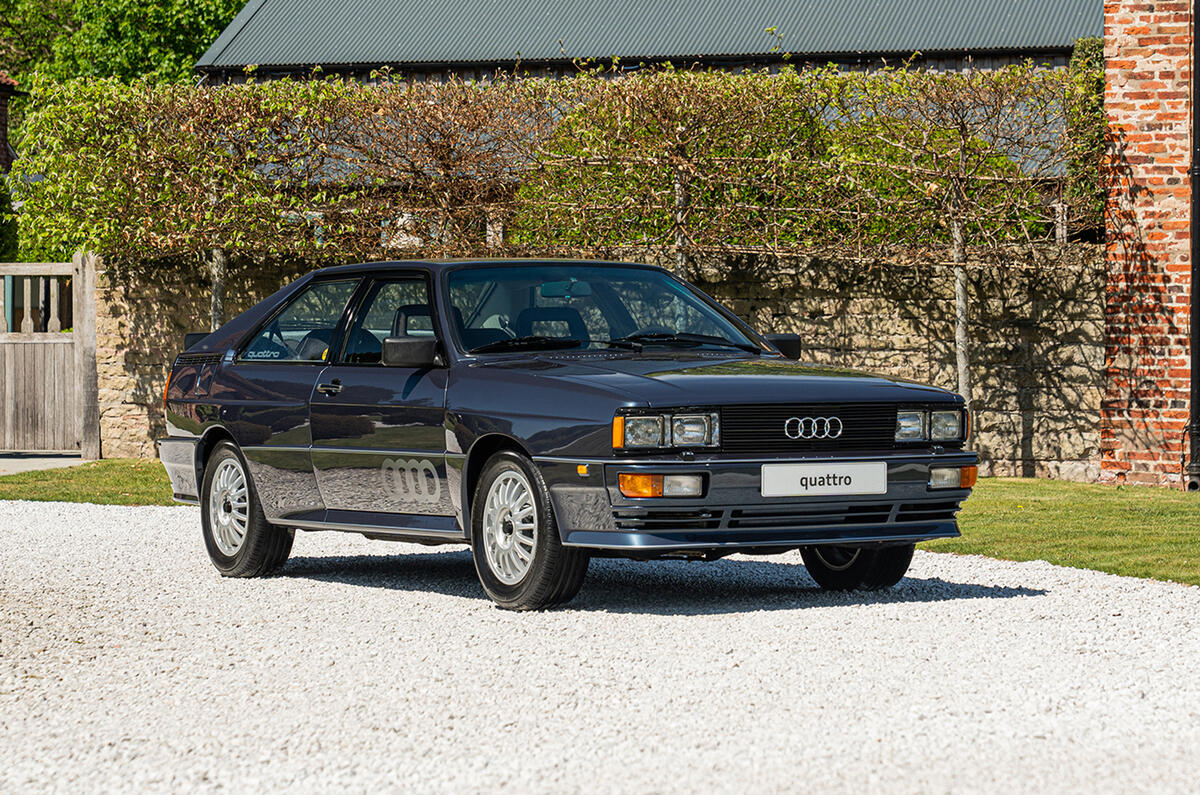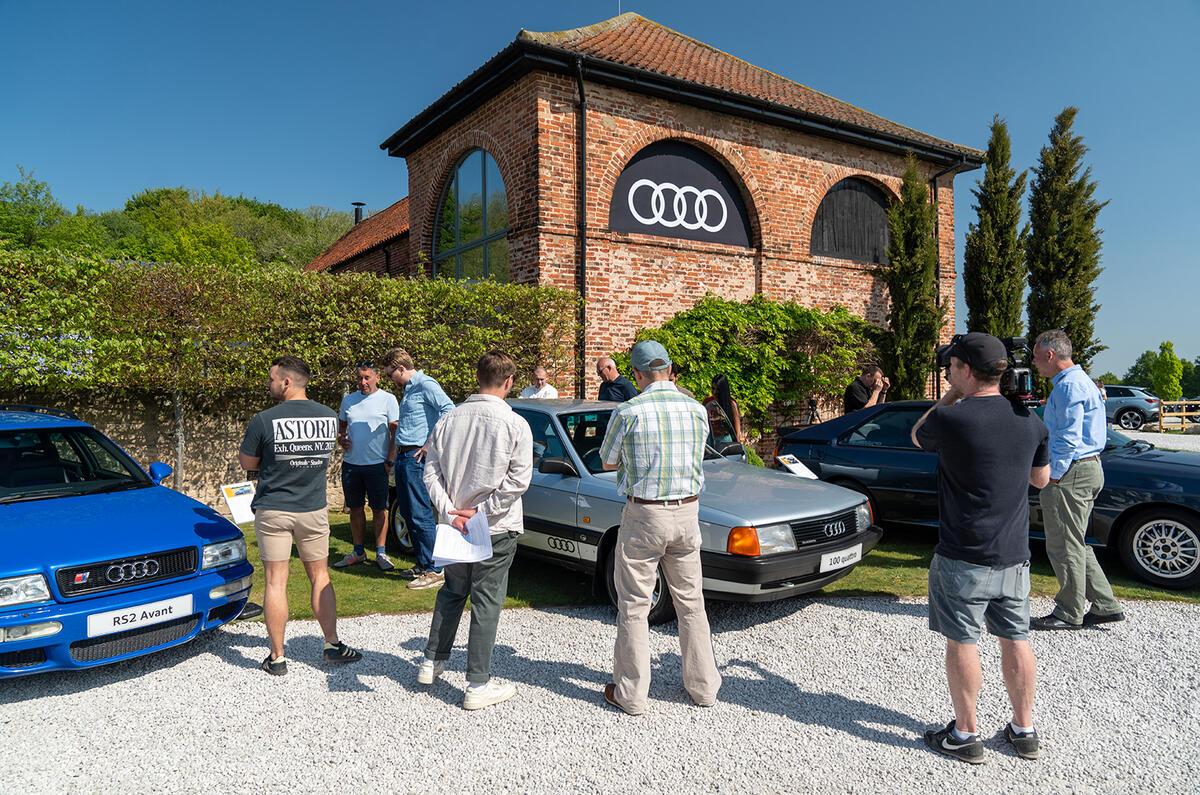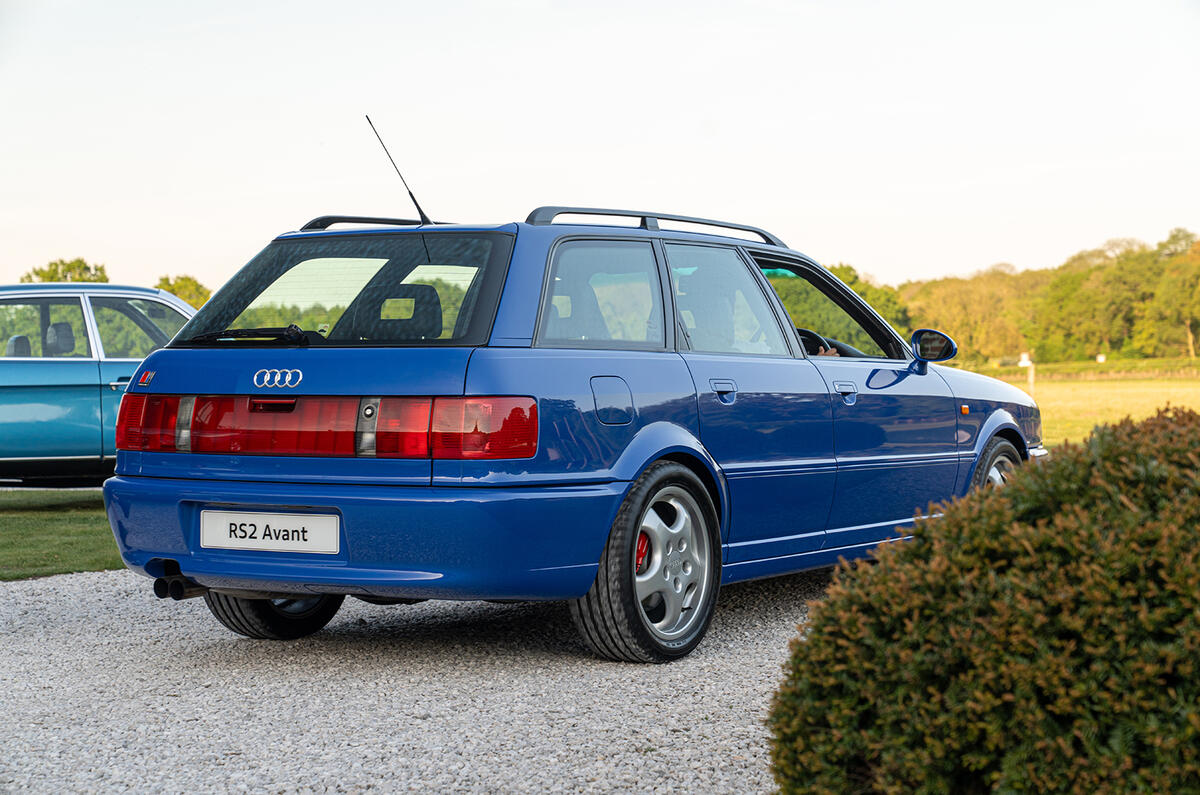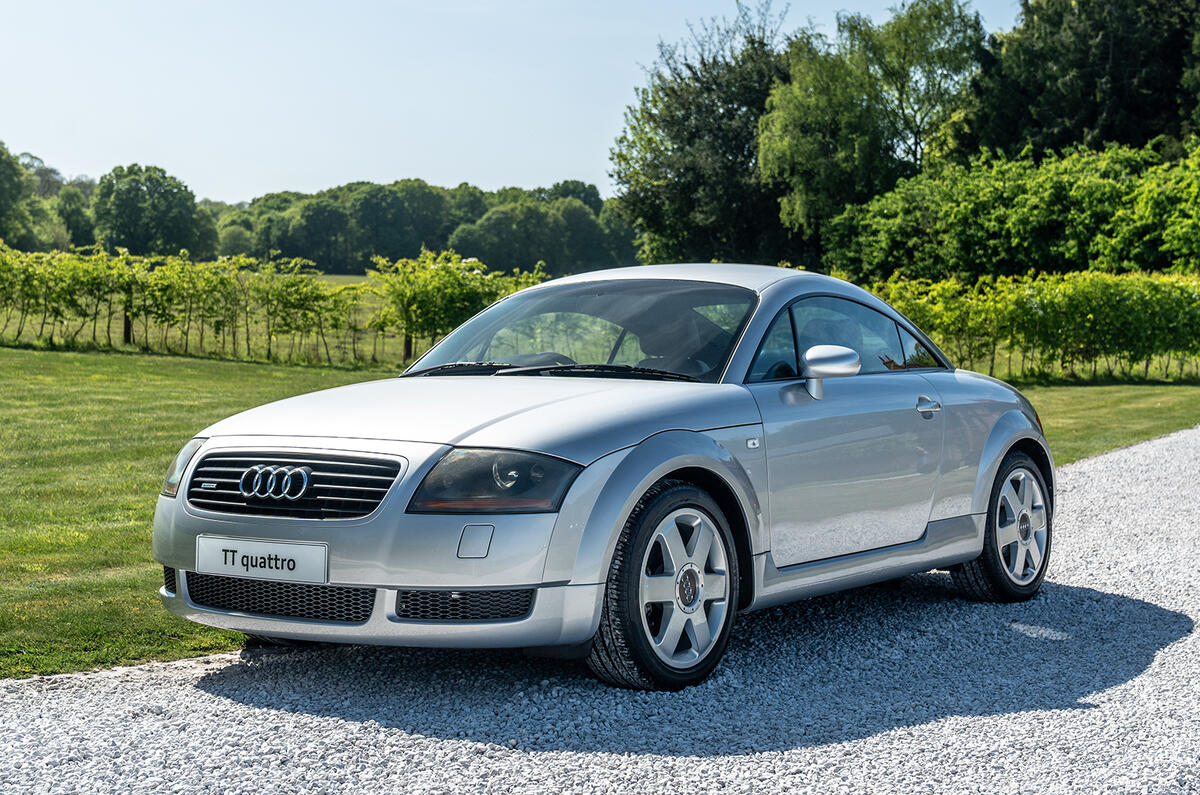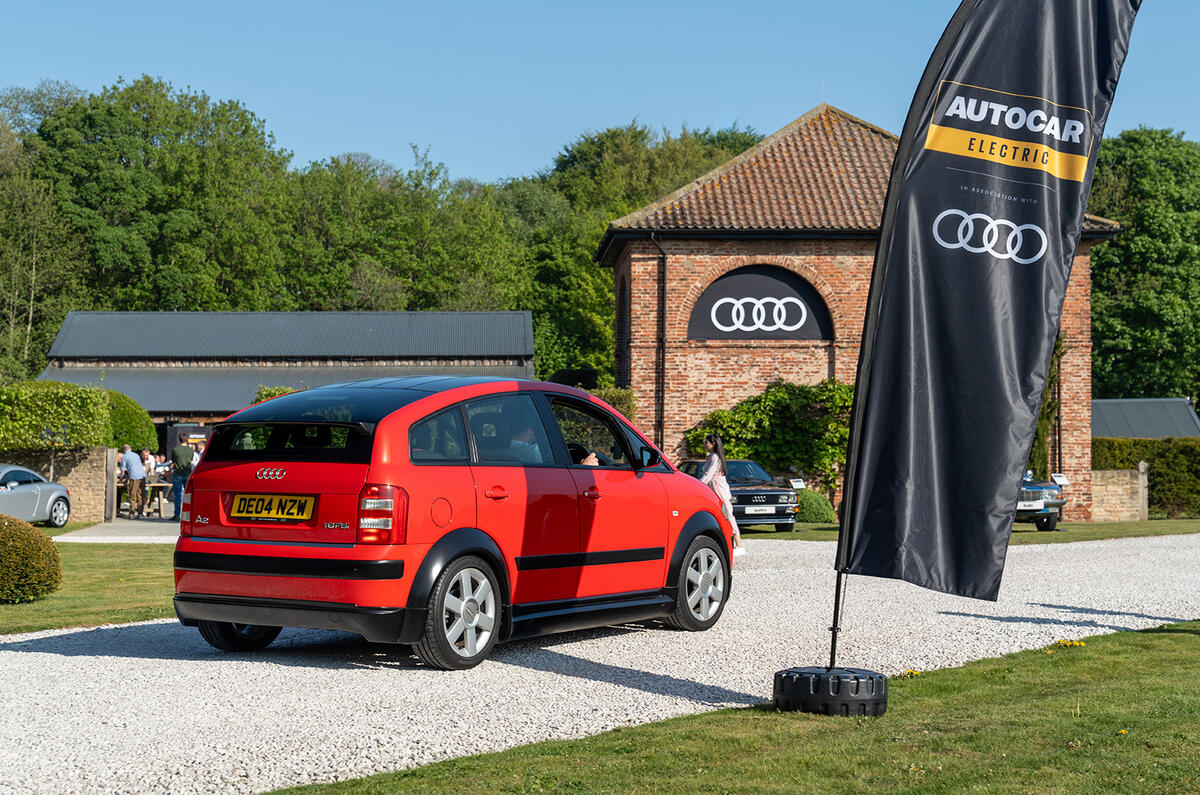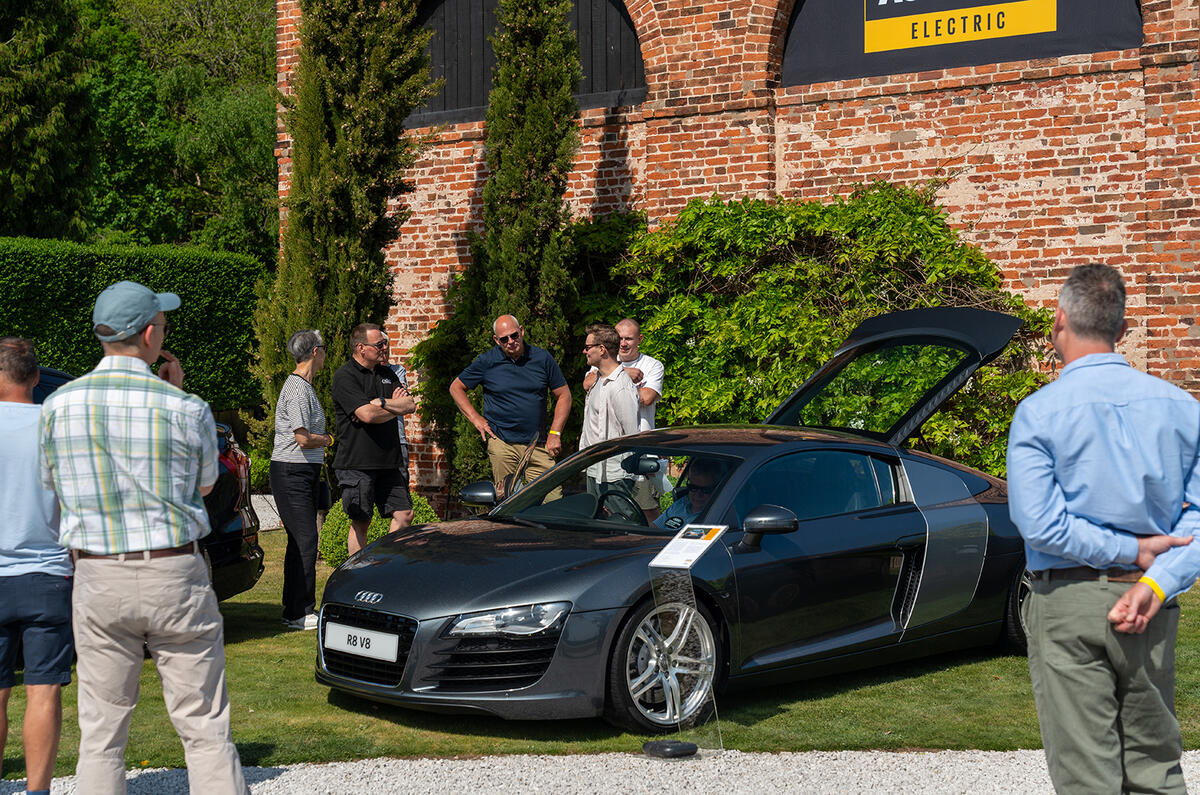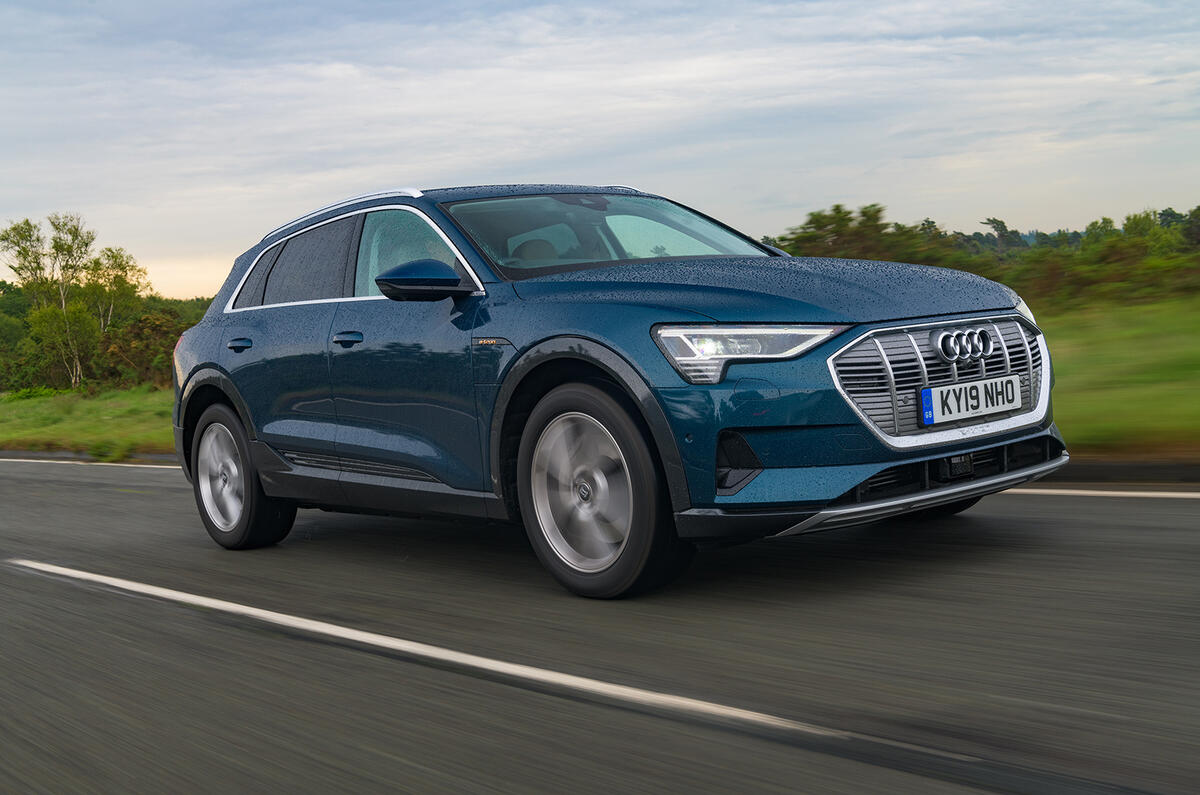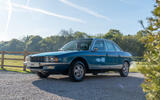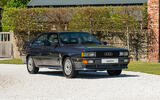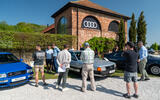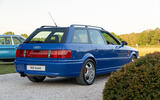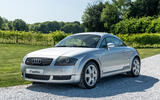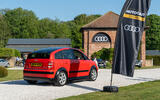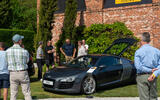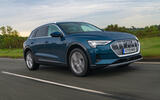Earlier this month, Audi unveiled the radical Concept C. Marking the next chapter in the Four Rings’ perpetual evolution, it’s an all-electric sports car that debuts Ingolstadt’s new minimalist, monolithic design language – built on simplicity and clarity.
The Concept C represents a total identity reinvention for Audi, and is the latest embodiment of ‘Vorsprung durch Technik’, or ‘progress through technology’ – an ethos that has underpinned every major design evolution and engineering innovation at the German carmaker over the last five decades.
So that got us thinking: which cars from Audi’s storied past can claim a spot next to the Concept C as true revolutionaries? Cars that delivered such raw innovation or redefined their segment so completely that they became true turning points in the company’s history – and, crucially, demonstrate that relentless pursuit of progress.
At Vorsprung durch Technik Live, an exclusive event hosted by Autocar earlier this year, we think we assembled the ultimate lineup. Read on to find out what they were.
Discover the fully electric Audi e-tron range
#1 NSU Ro 80 (1967)
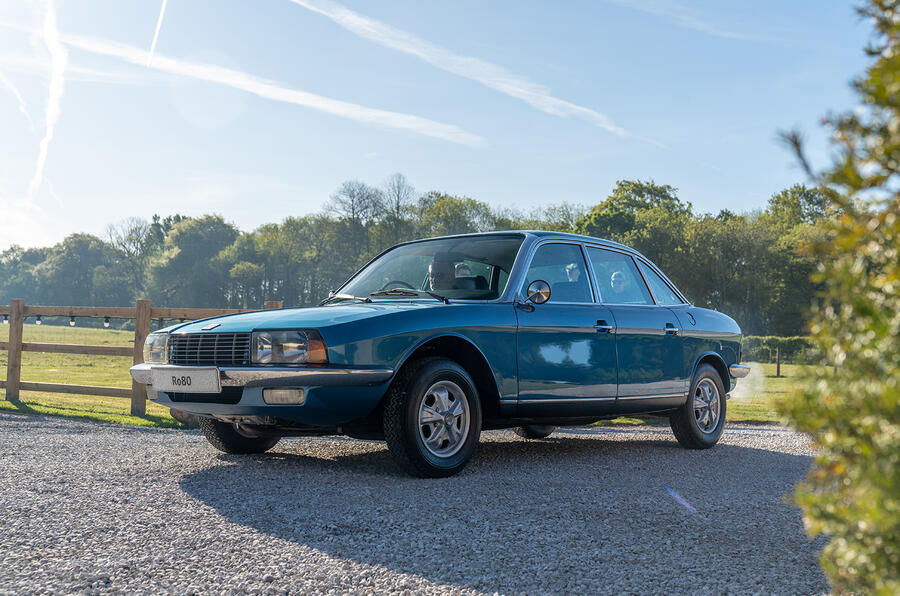
When it comes to Audi’s Vorsprung durch Technik philosophy, the Ro 80 is quite literally genesis.
Launched in 1967 by NSU – one of the four founding brands that would eventually converge to create the Audi we know today – the Ro 80 was a Swiss army knife of innovation. Its sharp, wind tunnel-sculpted wedge design and expansive glasshouse made it a beacon of modernity in an era dominated by rounded edges and bulging curves. Beneath its futuristic bodywork, an advanced 995cc twin-rotor Wankel engine was paired with a semi-automatic transmission and clever vacuum-operated clutch system, delivering unrivalled smoothness and effortless autobahn pace.
A year after its launch, the Ro 80 was crowned European Car of the Year – the first German car to claim the title. But it wasn’t just the wider automotive fraternity that appreciated its ingenuity: Audi and NSU knew the Ro 80 needed its own slogan – a mantra that could convey its engineering brilliance to the world. And so, Vorsprung durch Technik was born.
In February 1968, Autocar said: “In many ways, the Ro 80 feels more like a jet aircraft than a car. It is certainly as smooth, sweet and quiet as the first class compartment of one of the better jets, and it rides as well as the biggest of them. A few weeks ago it was voted internationally as the car of 1968; in the new standards it sets, it is also the car of the 1970s.”
#2 Audi quattro (1981)
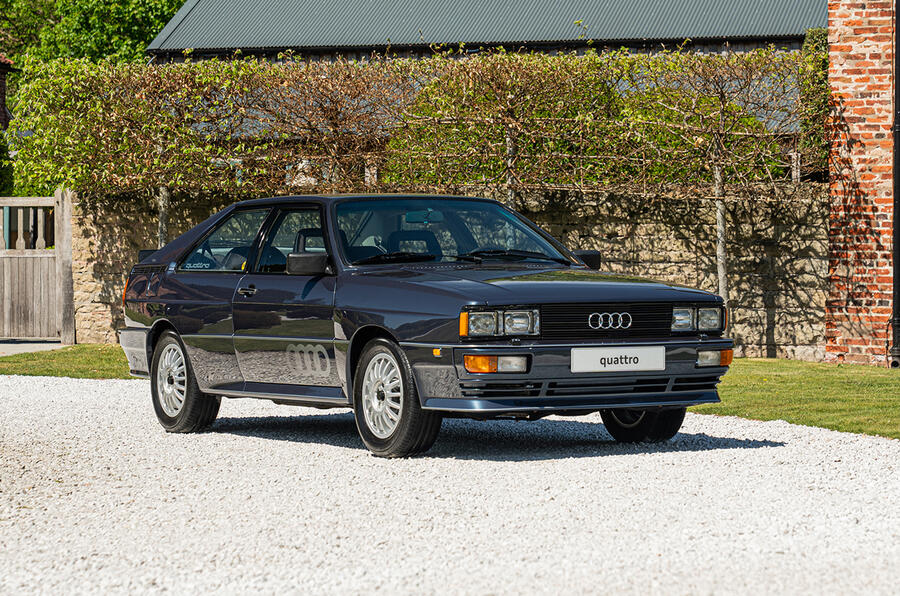
The original quattro is arguably the most influential car in Audi’s history. Its muscular haunches, geometric sharpness and wide stance hinted at the engineering prowess beneath: a revolutionary permanent all-wheel drive system that delivered unrivalled grip, composure and performance in all conditions.
This was the first time such technology had been fitted to a mainstream performance car, and the first time it had been paired with a turbocharged engine. Not just any engine, either, but Audi’s now legendary five-cylinder, producing 197bhp and 210lb ft of torque. The result was straight-line pace to trouble supercars, and cornering ability that left them standing.
The quattro laid the foundation for Audi’s iconic Group B rally cars – machines that dominated the sport with such ruthlessness that they left competitors scrambling to find an answer, and turned the stages of Europe into rolling demonstrations of Vorsprung durch Technik.
Today, quattro technology is a core pillar of Audi’s identity, and with the arrival of electric power, Audi’s engineers have been able to evolve and refine the system further than ever before, delivering faster responses and even greater grip. In shaping Audi’s DNA, nothing else has matched its impact.
In May 1981, Autocar said: “Power-to-weight works out at about 140bhp per ton laden which is a healthy figure similar to a Porsche 924 Turbo and nearly as good as a Jaguar XJS. The result, when it is transmitted through all four wheels, is marvellous.”
#3 Audi 100 (1982)
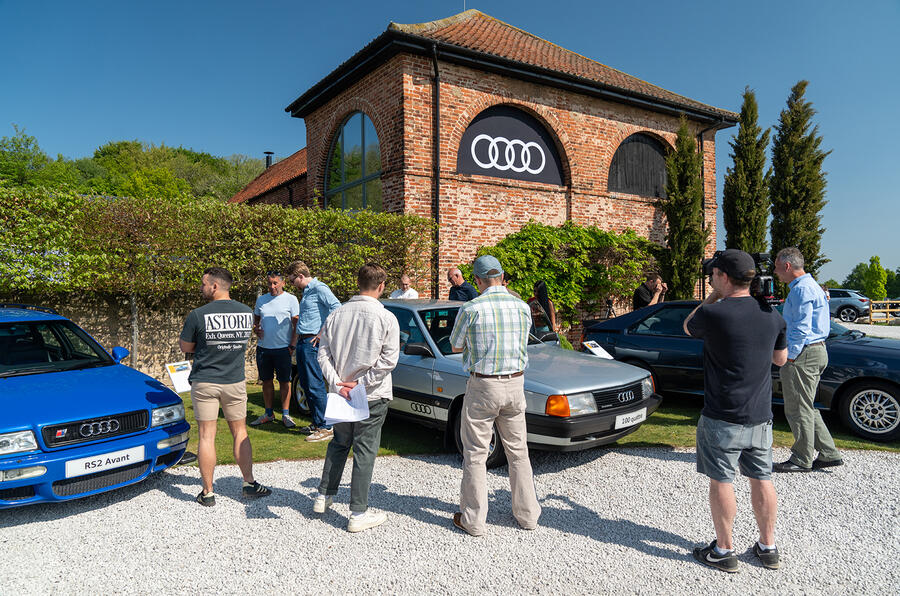
Unlike the quattro, the 100’s claim to fame wasn’t mind-bending performance or rally-bred aggression, but mould-breaking aerodynamics.
This was the third generation of Audi’s stalwart saloon, yet it looked nothing like its boxy predecessors. Every surface was shaped with a single purpose: reduce drag. And it worked. The 100’s sleek, streamlined body with recessed door handles and flush panels resulted in a drag coefficient of just 0.30, at a time when most rivals struggled to get near 0.45.
Beneath that slippery skin, the 100 combined clever weight-saving construction with refined engines and front-wheel drive. Its aerodynamic efficiency didn’t just save fuel – it redefined high-speed stability, setting new benchmarks for refinement and marking an early step in Audi’s ascent to the top of the premium market.
In September 1982, Autocar said: “In my personal view the new Audi is sensationally beautiful. It reminds one very much of the magnificent NSU Ro 80, except that I find it better proportioned. At a time in which some people may question the appeal of such shapes, it demonstrates that aerodynamically sound cars can be attractive.”
#4 Audi RS 2 Avant (1992)
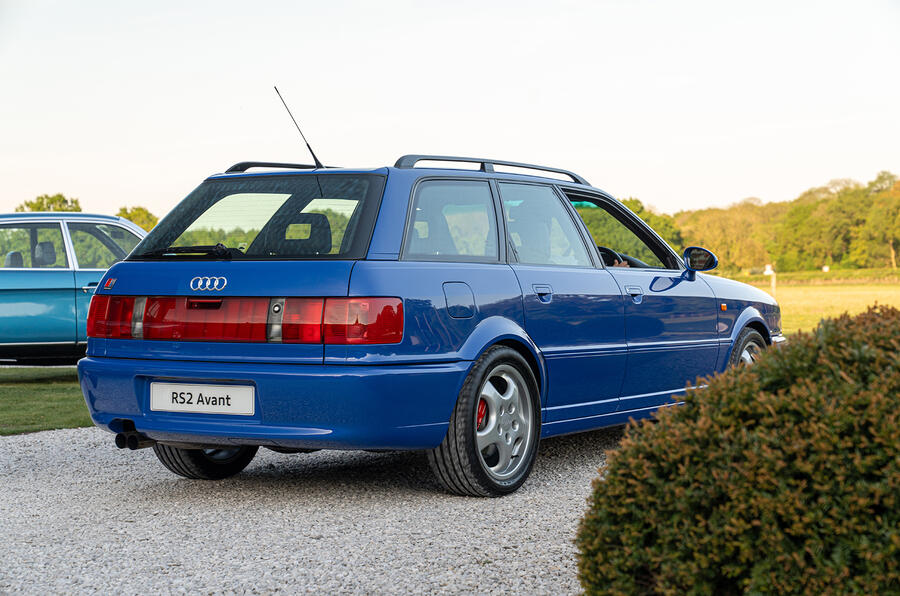
When the Audi RS 2 arrived in 1994, it marked the birth of an entirely new breed of car. For the first time, a practical family estate delivered near-supercar levels of performance.
Jointly developed with Porsche, the RS 2 paired Audi’s ferocious 2.2-litre, 315bhp five-cylinder engine with quattro all-wheel drive, serving up explosive acceleration and vice-like grip. Reinforced suspension, uprated brakes and finely tuned handling meant it could attack corners with the same confidence it carried luggage. Inside, RS badging, deep bucket seats and boost gauges subtly indicated its pedigree.
More than just a visceral high-performance wagon, the RS 2 was the car that launched Audi’s RS dynasty, setting the template for every model that followed: uncompromising performance combined with everyday usability.
In August 1994, Autocar said: “The Audi RS 2 is one of the most remarkable cars we’ve ever figured. Indeed, to 30mph it is the most remarkable car we’ve ever tested: 30mph to 1.5 seconds is faster than a McLaren F1.”
#5 Audi TT (1998)
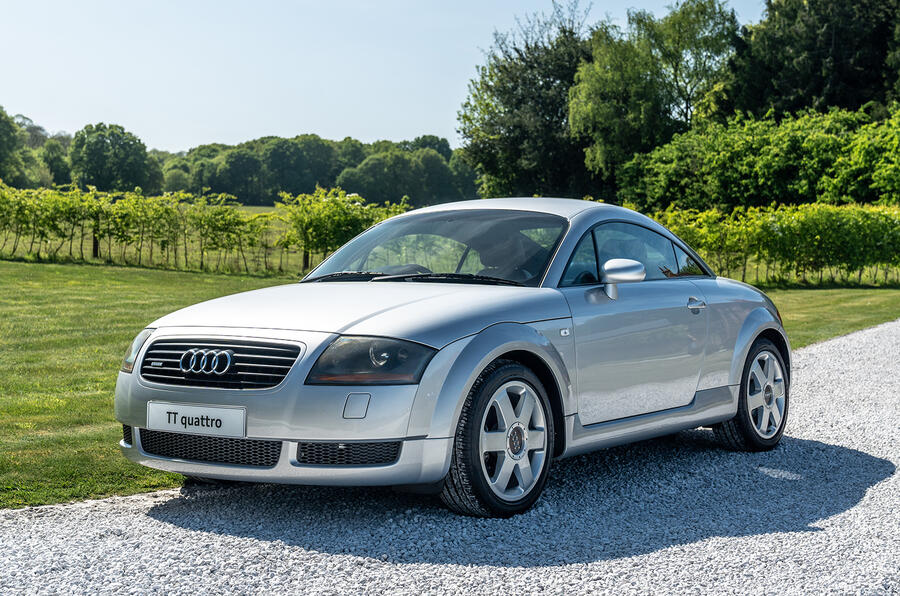
When the Audi TT was unveiled in 1998, it stopped the automotive world in its tracks. Near-identical to the 1995 concept – a rarity even today – its timeless elegance, taut curves and smooth, fuss-free surfaces brought Bauhaus principles to the road like never before.
Considered, precise and unapologetically design-led, the TT proved that aesthetic clarity could be as compelling a selling point as performance or luxury – an idea Audi is revisiting with the new Concept C.
Inside, exposed screw heads and brushed metal accents blurred the line between form and function, while under the skin a well-sorted chassis, quattro all-wheel drive and a range of punchy turbo engines ensured it had the performance to match the looks. It was practical too, with two small rear seats helping the TT bridge the gap between a weekend toy and everyday driver.
Today, many of Audi’s leading designers, including R8 creator Frank Lamberty and new design chief Massimo Frascella, cite the original TT as a source of lasting inspiration.
Back in August 1998, Autocar said: “There will be those who see the near-symmetrical styling as a mistake, but nothing should detract from the advance that Audi has made. Sports cars that are this much fun to drive rarely come so businesslike. The TT is a master stroke.”
#6 Audi A2 (1999)
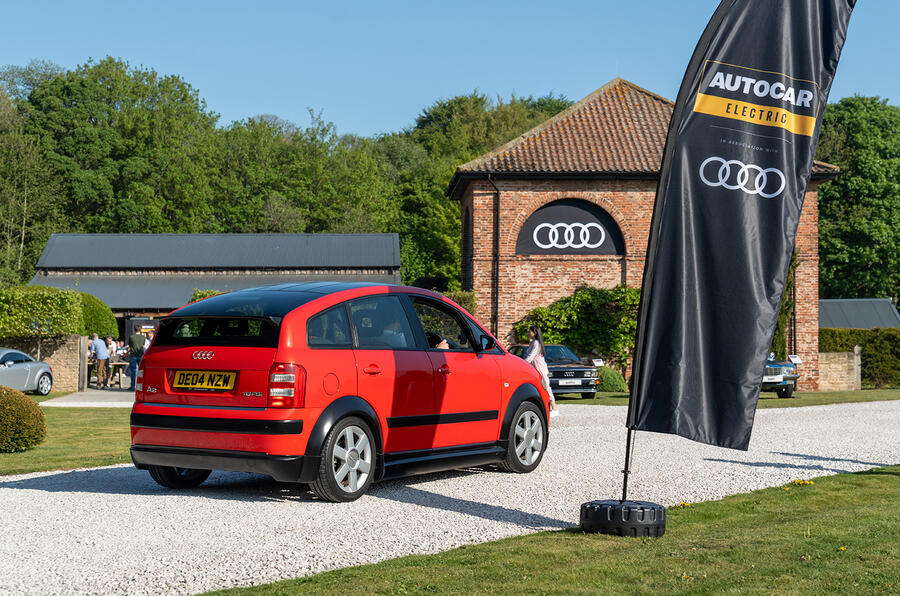
When Audi first entered the small car market in 1999, it re-wrote the rulebook.
The A2 was nothing short of an engineering marvel. Its ultra-light aluminium spaceframe construction made it remarkably nimble and stiff, reducing fuel consumption and slashing emissions while delivering a comfortable ride and grin-inducing handling.
Aerodynamics were another triumph: with a drag coefficient of just 0.25, the A2 combined hushed refinement with exceptional economy. In its most advanced form, equipped with a 1.2-litre three-cylinder diesel, it could return up to 94mpg.
Inside, the A2 was well-packaged and adorned with plenty of high-quality materials, giving it a sense of luxury that was rare for the class. Plus, its tall, compact body maximised interior space while keeping exterior dimensions perfect for city streets.
In August 2000, Autocar said: “You climb aboard and marvel at the quality and the space. Then you fire it up and you realise this could, just possibly, be the template for the way all small cars should be made in the future. It’s nimble and sporty without being in any way aggressive or threatening. It’s fast yet frugal. Small but roomy. Inexpensive yet at the same time impossibly desirable. It’s the car the Mercedes A-Class always should have been.”
#7 Audi R8 (2006)
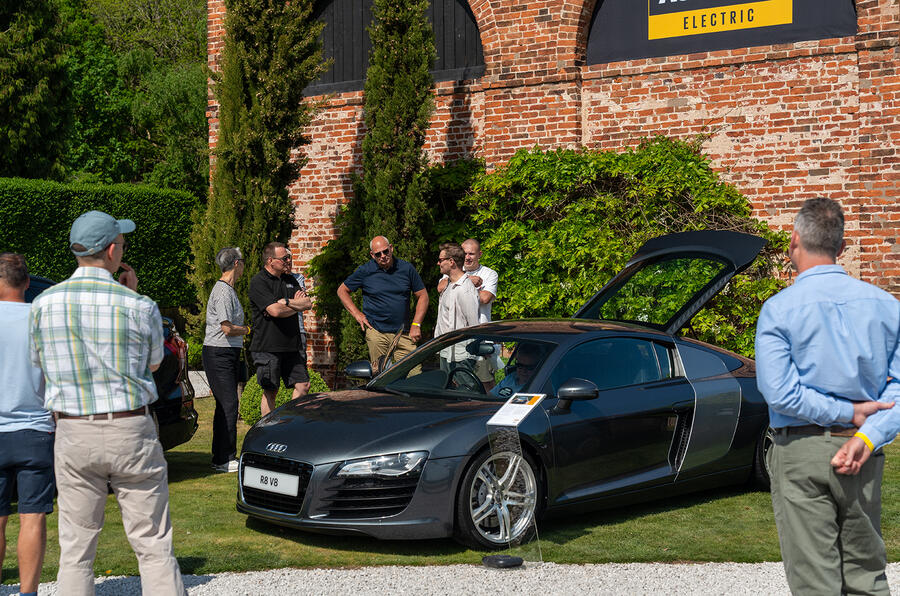
The idea behind the Audi R8 was simple: bring supercar performance to the everyday. And it delivered in spectacular fashion.
With a mid-mounted V8, quattro all-wheel drive and a lightweight aluminium spaceframe, the R8 married exotic engineering and raw performance with Audi’s trademark refinement. It made 420bhp feel as effortless in stop-start traffic as it did on a racetrack.
Outside, the design was unmistakably Audi: aggression and elegance in perfect harmony, with a healthy dollop of TT inspiration to boot. Inside, opulent materials met a pure, driver-focused philosophy, epitomised by the iconic brushed aluminium gated manual gearbox.
The R8 firmly stamped Audi’s four-ring fingerprint on the supercar world, a stage it would occupy until the model’s discontinuation in 2024. Across two generations and countless iterations – from limited editions to hardcore racers – Audi sold more than 45,000 R8s worldwide.
In May 2007, Autocar said: “If the R8’s goal was to put one over on the Porsche 911, then it’s hard to see how it’s failed. It’s quick, handles and rides extremely well, sounds good so long as you’re prepared to work its V8 engine close to its red line and is a masterstroke of clean, crisp design inside.”
#8 Audi e-tron (2018)
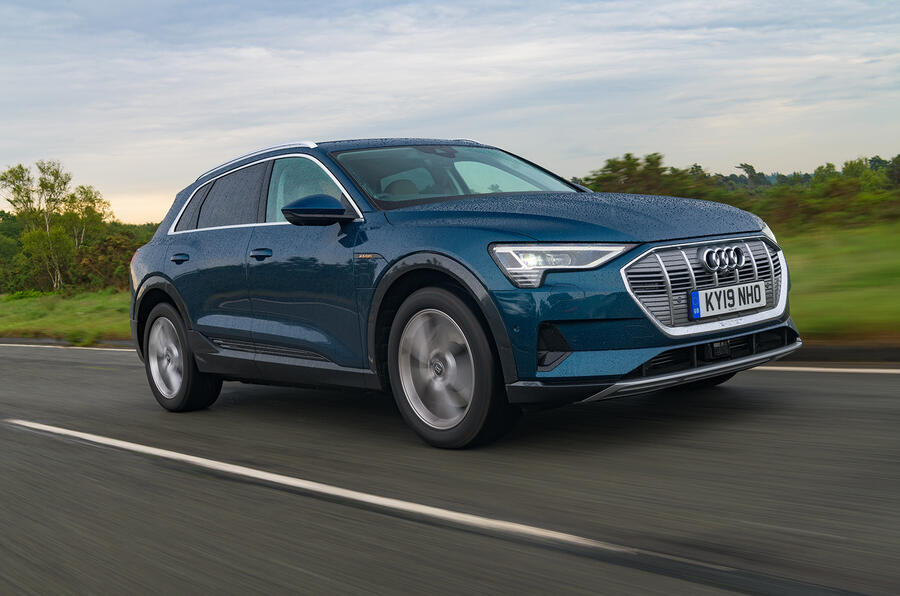
The 2018 Audi e-tron marked a true watershed moment for the Four Rings. As Audi’s first fully electric model, it laid the blueprint for Ingolstadt’s EV future and carried Vorsprung durch Technik into a new era.
Where contemporary rivals chased radical reinvention, the e-tron favoured familiarity over excessive EV-specific design or confounding in-car technology. It was an SUV and that looked and felt like its combustion-engined siblings, the only true giveaways being its closed, inverted grille (now a staple on Audi’s electric offerings) and aero-optimised detailing that afforded it a drag coefficient of just 0.28.
In the cabin, luxury and technology fused seamlessly: twin stacked touchscreens handled infotainment and climate controls, while Audi’s Virtual Cockpit brought digital clarity. In some markets, the e-tron debuted the world’s first production Virtual Mirrors.
Beneath the skin, a 95kWh battery fed twin motors for 402bhp and up to 248 miles of range. Crucially, by powering each axle directly, the e-tron introduced a new generation of quattro – delivering torque faster, smoother and more intelligently than any mechanical system before it.
In December 2018, Autocar wrote: “It’s impossible to judge the Audi e-tron without reference to what many will consider its key rival, the Jaguar I-Pace – the car that first brought an established European car brand to the luxury EV market last year. And yet in so many ways this new Audi could sit in a league of its own. It is refined and relaxing enough to break new ground for the electric car, and so practical, capable and luxurious with it that very few other similarly priced SUVs, electric or otherwise, bear comparison.”
So, from the aerodynamic Ro 80 and rally-bred quattro to the design-led TT, ingenious A2, high-performance RS 2, supercar R8, and fully electric e-tron, Audi’s history is a winding road of Vorsprung durch Technik in action.

